Cybersecurity
Cloud
AI
Google Machine Learning Cloud Vision is a powerful AI tool that analyzes images, detecting objects, text, and more for diverse applications.
1. Automated Incident Response: Rapid identification and response to security incidents captured in images, enhancing cybersecurity measures.
2. Efficient Infrastructure Monitoring: Use visual data to monitor the health and status of critical infrastructure, ensuring uptime and performance.
3. Enhanced Customer Support: Automatic sorting and prioritization of customer support tickets based on visual cues, improving response times and satisfaction.
4. Streamlined Employee Onboarding: Automation of onboarding processes by using facial recognition for identity verification, accelerating the hiring process.
What is Google Machine Learning Cloud Vision?
Google Machine Learning Cloud Vision is a cutting-edge AI service that provides comprehensive image analysis capabilities. Leveraging machine learning enables applications to understand the content of images, including object detection, face recognition, and text extraction. This service is instrumental in creating more engaging user experiences and extracting valuable insights from visual data.
Value Proposition of Google Machine Learning Cloud Vision
The primary value of Google Cloud Vision lies in its ability to automate the analysis of vast images, significantly reducing manual effort and increasing efficiency. It supports a variety of use cases, from content moderation to automated metadata generation, making it a versatile tool for businesses across sectors.
Who Uses Google Machine Learning Cloud Vision?
Developers, data scientists, and businesses across industries are the primary users of Google Cloud Vision. They leverage its capabilities to enhance applications with image recognition features, streamline operations, and unlock new insights from visual data.
How Google Machine Learning Cloud Vision Works?
Google Cloud Vision uses advanced machine learning algorithms to analyze images users upload. It processes these images to identify objects, faces, landmarks, and textual content. This analysis enables applications to react and respond based on the content identified within the images, automating tasks that would otherwise require human intervention.














